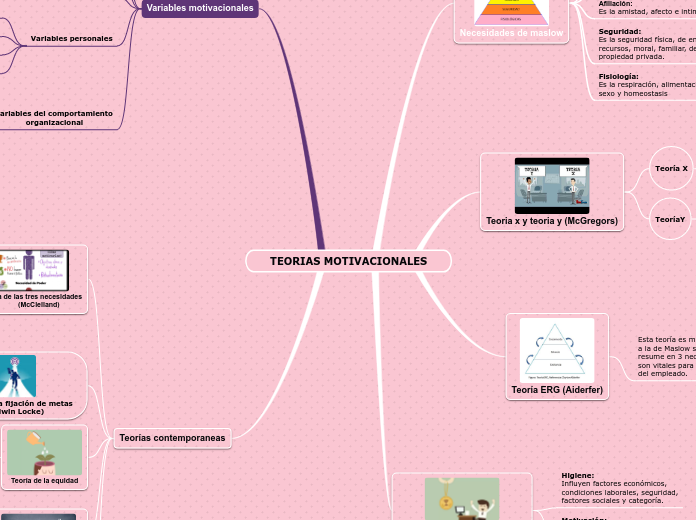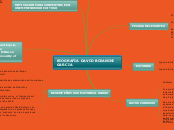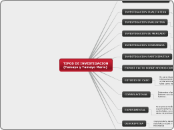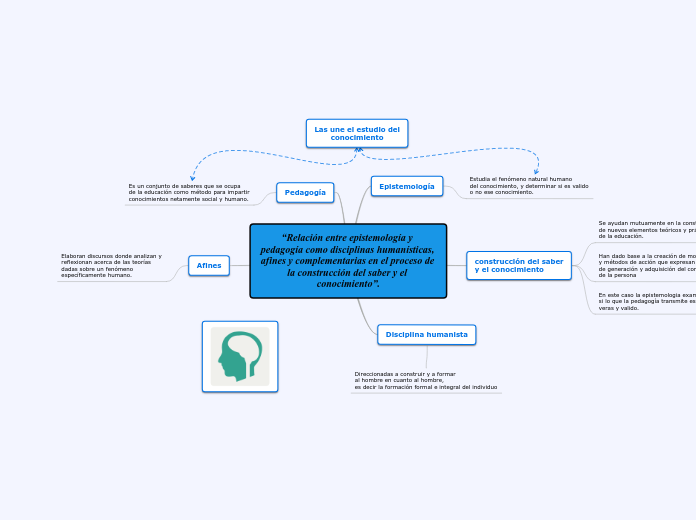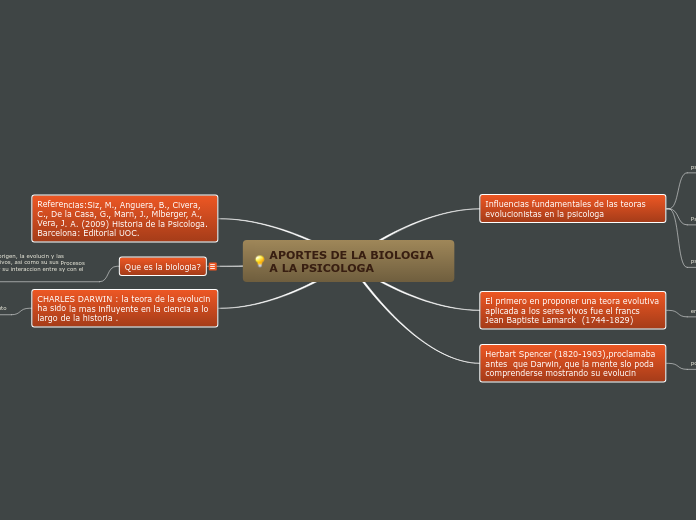TEORIAS MOTIVACIONALES
Type in the name of the book you have read.
Teorías contemporaneas
Type the main events of the book, classifying them in: events from the beginning, events from the middle, and events from the end of the book.
Describe the story visually. Add a representative picture for each of them.
Teoría de reforzamiento
(Skinner)
Skinner dice: quien sostiene
que una conducta que tiene
consecuencias positivas tiende
a sr repetida. El responsable
solo debe de entender la
relación que existe entre las
conductas y sus consecuencias
para crear actitudes positivas
y evitar las negativas.
Teoría de las expectativas
Hay una correlación positiva
entre esfuerzo y desempeño del
cual resultara una recompensa
deseada y esta satisfará una
necesidad importante, pero al
deseo de satisfacer la necesidad
debe ser lo suficientemente
fuerte para realizar un esfuerzo
que valga la pena.
Type the main events from the end.
Add a representative picture for each of them.
Teoría de la equidad
Se refiere a la ratio de
satisfacción de un
empleado = Aportaciones
de la empresa/Aportaciones
individuales.
Type the main events from the middle.
Add a representative picture for each of them.
Teoría de la fijación de metas
(Edwin Locke)
Teoría de la motivación de un proceso
que se concentra en establecer metas.
Teoría de las tres necesidades
(McClelland)
Afiliación:
Es la necesidad de formar parte de un grupo.
Poder:
Es la necesidad de influir y controlar
a otras personas y grupos, así obtener
reconocimiento por parte de ellas.
Logro:
Lleva a imponerse elevadas
metas que alcanzan una gran
necesidad de ejecución pero
muy poca de afiliarse a otra
persona.
Type the main events from the beginning.
Add a representative picture for each of them.
Variables motivacionales
Variables del comportamiento
organizacional
Satisfacción laboral
Rotación
Ausentismo
Productividad
Variables personales
Expectativas
Moral
Motivación
Aptitudes
Ambiente Físico
Ambiente social
Comunicaciones
Conflictos interpersonales
Compañerismo
Variables estructurales
Take notes while you read the book. Write here your favorite quotes from the book.
Estilo directivo
Estructura
Tamaño
Teoría de higiene - motivación
(Herzberg)
Motivación:
Incluyen factores de logro,
responsabilidad, reconocimiento,
trabajo interesante y promoción.
Higiene:
Influyen factores económicos,
condiciones laborales, seguridad,
factores sociales y categoría.
The main idea is what the book is mostly about.
Some tips to find out the main idea of a book easier:
- Read the title.
- Look for the text features.
- Figure out if you are reading a fiction or a non fiction book.
- Think about some examples that support this idea.
Teoría ERG (Aiderfer)
Type the names of the book characters. Start with the main character.
Draw arrows to represent the relationship between them and if it is possible write on them what they represent for each other (if they are relatives, friends, lovers, enemies etc.)
Esta teoría es muy idéntica
a la de Maslow solo que se
resume en 3 necesidades que
son vitales para la motivación
del empleado.
Teoria x y teoria y (McGregors)
What is the reason why the author wrote the book?
TeoríaY
El individuo en la teoría Y
es aquel trabajador que busca
el bien de la empresa y progresa
dentro de ella
Teoría X
El individuo en la teoría X
es aquel trabajador que
solo va por compromiso y
no busca el avanzar dentro
de la empresa.
Necesidades de maslow
Who is the author of the book? Type in his/her name.
Fisiología:
Es la respiración, alimentación, descanso
sexo y homeostasis
Seguridad:
Es la seguridad física, de empleo de
recursos, moral, familiar, de salud, de
propiedad privada.
Afiliación:
Es la amistad, afecto e intimidad sexual.
Reconocimiento:
Es el auto reconocimiento, confianza,
respeto y éxito.
Autorrelación:
Es la moralidad, creatividad
espontaneidad, falta de prejuicios
aceptación de los hechos, resolución
de problemas.
